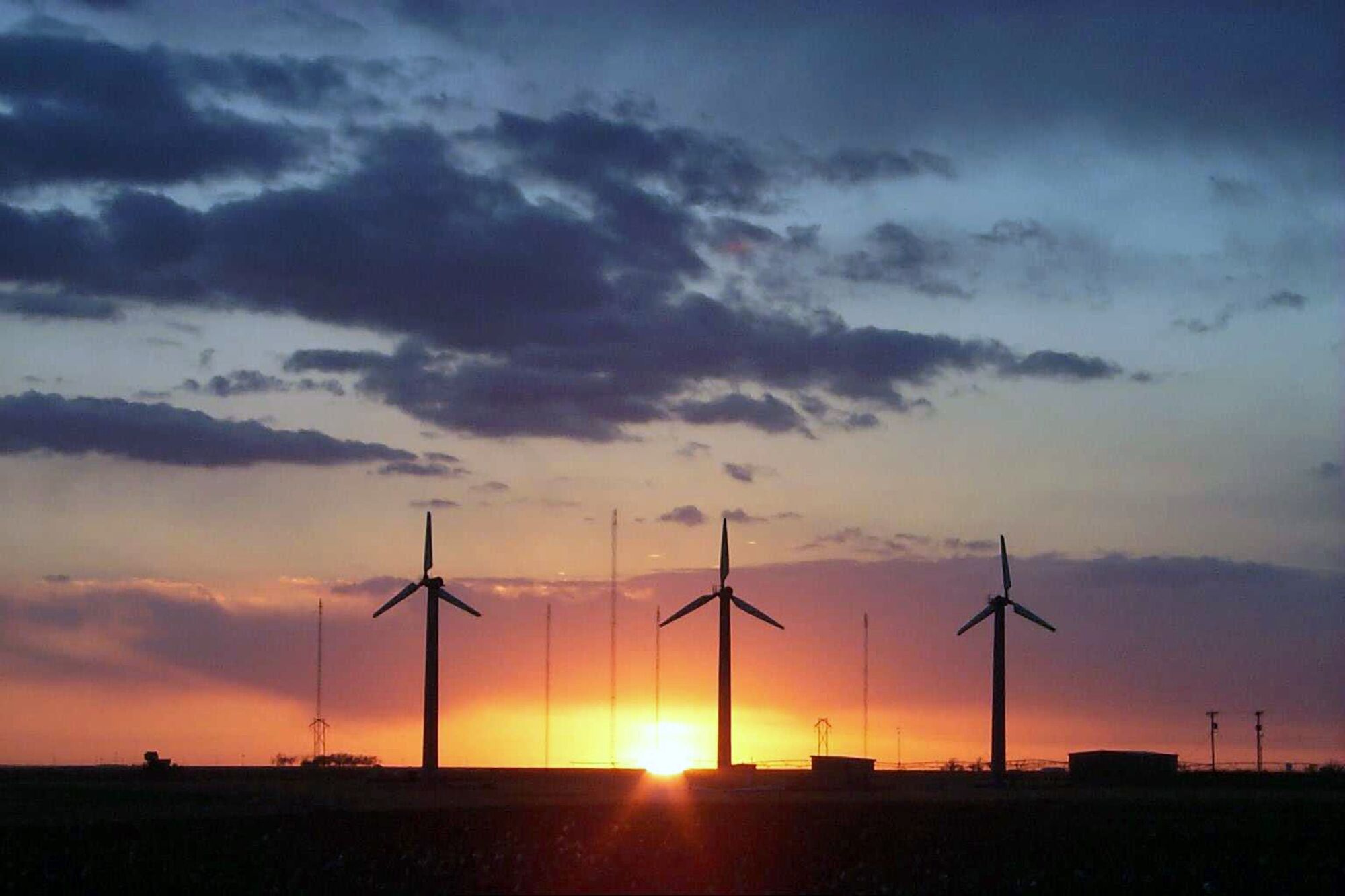Ukraine War Is Forcing a Decision About the Future of Energy. We Can’t Afford to Think Short-Term.
The United States has a real opportunity to commit to an energy transition that avoids the worst effects of the climate crisis.

This page was published 3 years ago. Find the latest on Earthjustice’s work.
The Russian invasion of Ukraine has been a humanitarian disaster and an epochal event in foreign relations. It also has the potential to be an historically defining moment in energy policy, at a time when the dangers of climate change and fossil fuel dependency have never been more grave or more evident.
Aggressive Russian militarism is enabled to a large degree by its exports of fossil fuels, which give the country ample hard currency and leverage over the world’s energy markets (and even more directly, over the European countries that are powered by its pipelines).
Europe has committed to weaning itself off Russian fossil fuels. But what to put in its place has become a point of contention. It’s past time to replace fossil fuels with clean energy. But the fossil fuel industry has fanned false narratives that the replacement could be liquified natural gas (LNG) from the U.S. and other nations — and that that could happen fast enough to matter. Displacing the existing supply chain by boosting production elsewhere replaces a bad choice (importing Russian fossil fuels) with another bad choice (boosting the production of a product that harms the world’s climate, health, and political stability).
President Biden has announced a plan to ramp up liquid natural gas exports to wean European countries from Russian supplies. This move would be just about the worst thing the United States could do in terms of climate security: doubling down on gas at a time when the need for the creation of new clean energy infrastructure has never been more obvious. By building new gas infrastructure, Biden’s proposal would lock the U.S. and the Western world into decades of fossil fuel pollution and dependency.
The United States has a real opportunity to respond creatively to the threat and commit to an energy transition that avoids the worst effects of the climate crisis. The U.S. Congress now must invest in a meaningful and forward-looking way into clean energy and zero-emissions technology and infrastructure.
A transformative climate and clean energy investments package is already under consideration — now is the time for Congress to pass it, and to ensure that these new investments benefit the communities that are most impacted by pollution and job loss as the economy pivots away from destructive fossil fuels. The government must make good on President Biden’s commitment to deliver at least 40 percent of the overall benefits from federal climate investments to disadvantaged communities.
Meanwhile, President Biden must double down on administrative action to accelerate a transition to clean energy and meet his commitments to slow the growth of climate change. This includes the implementation of stronger EPA regulations to clean up dirty energy plants. Stronger vehicle emissions standards can help, too, by facilitating a national shift to electric vehicles and mass transit that will move us away from fossil fuel dependence. And the Biden administration must enact the strongest possible energy efficiency standards for homes and buildings to reduce our energy demand.
In the immediate term, small steps can have big ripple effects — a commitment to replenishing the United States Postal Service fleet with electric vehicles, for example, will send a powerful message and make an appreciable impact on the government’s first-hand production of carbon emissions.
Earthjustice is dedicated to encouraging and fighting for that goal, in the courts and beyond.